Qatar Al Nada (Dewdrops) The most famous Egyptian bride
Baghdad opened its eyes in the year 282 AH to the news of the wedding of a beautiful dove, the glamorous Egyptian Princess, “Qatar Al-Nada”, to an old falcon, the Abbasid Caliph Al-Mutaddid Billah.
The beautiful little Princess was scheduled to marry Prince Ali Al-Mukatafi, the Caliph Al-Mutadid, who is the crown prince. On the future of the Abbasid Caliphate through his relationship with the Crown Prince Al-Muktafi bin Al-Mutadhid and his sons from the Egyptian Princess.
•
A political marriage with all the cunning and deception contained in the corridors of politics. The victim was the beautiful, charming Princess whom Khamarwayh sacrificed on the altar of his greed and desires. Anyone before.
Interestingly, the poor Princess emerged among the lines of history during her journey from Qata’i and the Egyptian Fustat until she arrived in Baghdad with her legendary device. After that, she entered the phases of oblivion in the palaces of the Abbasid Caliphate, and no one heard of her… until she died oppressed at the age of the birds.
Therefore, a legendary story whose lines say: Ahmed bin Tulun had become independent in Egypt at the expense of the Abbasid Caliph, and long wars took place between him and the Abbasids. He died, and the conflict was intense in the Levant between Egypt and the Abbasid Caliph.
Khamarawayh, who loves luxury and immorality, and enjoys the enormous wealth left to him by his father Ahmed bin Tulun, but enjoying that wealth requires a time of peace and peace of mind, which cannot be provided because of the military conflict with the Abbasid Caliphate, so Khamarawayh wanted to buy peace with the Abbasid Caliph Al-Mutadid By God, who is known for his cunning, cruelty, and hatred, Khamarawih sent him gifts and gifts and asked him to marry his daughter, the dewdrop, to the one who was satisfied, the crown prince of the Caliph, within the framework of a peace treaty. The Caliph refused to marry his son from the dewdrop. Khamarawayh hopes to control the crown prince and build his future influence in the Abbasid state.
The little Princess was sad when she learned that the old Caliph refused to marry her off to his young son and wanted to marry her off to himself, and Khammarwayh wanted to appease his daughter, so he resolved that her wedding and her organ should be a legend of history. However, the Caliph did not pay the dowry except a cash amount of one thousand thousand dirhams. Khamarawayh took to preparing his daughter, so he equipped her with a device that matched the blessings of the caliphate, so there was nothing left of every colour and gender but to carry him with her. The journey of dewdrops to her husband was the longest wedding trip, and we do not mean just the length of the distance. Still, we mean that her father Khammarwayh made that distance between Egypt And Baghdad is a road prepared for the wedding, and that has not happened before or since, until today. Khamarawayh ordered the construction of a palace at every station where the bride goes, along the road between Fustat in Egypt and Baghdad in Iraq. Her uncle Shayban bin Ahmed bin Tulun and a group of notables, in addition to Ibn al-Jassas al-Jawhari, went out with her. Historians say that they used to walk the baby in the cradle. When you reached the station, you went down and found a luxurious palace equipped with all kinds of furniture, curtains, and all kinds of facilities and provisions for accommodation and comfort. From Egypt to Baghdad, as if in her father’s palace, she moved from one council to another until Baghdad came at the beginning of Muharram 282 AH, and the marriage contract was in place. She entered Iraq, and although he had finished Mardin Castle, he continued his movements towards Mosul when the dewdrops entered Baghdad. The Caliph’s aides were waiting for her while he remained absent in Mosul as if he wanted to show his lack of interest in it.
Then they put her in the “Qasr As’a’id”, and she remained there until her wedding to al-Mu’tadid took place on the fourth of Rabi’ al-Awwal. It was on the day of Uhud. And the story of the innocent dove’s wedding to the fierce old hawk ended. Undoubtedly, the young bride had suffered a lot from that improper marriage amid the tricks and intrigues of the ladies of the palace, the most dangerous of whom was the “riot” of the mother of the Caliph Al-Muqtadir, the son of the Caliph Al-Mutadid. The little dove could not stand this life, so she died at the age of Al-Zohour on Rajab 7, 287 AH, and the Caliph died two years later. There are pages left for her in the lines of history in which it is said: “She is one of the famous women in reason, beauty and literature.. and from the biography of the dewdrop, the popular money that says henna.. henna.. oh drop of dew.

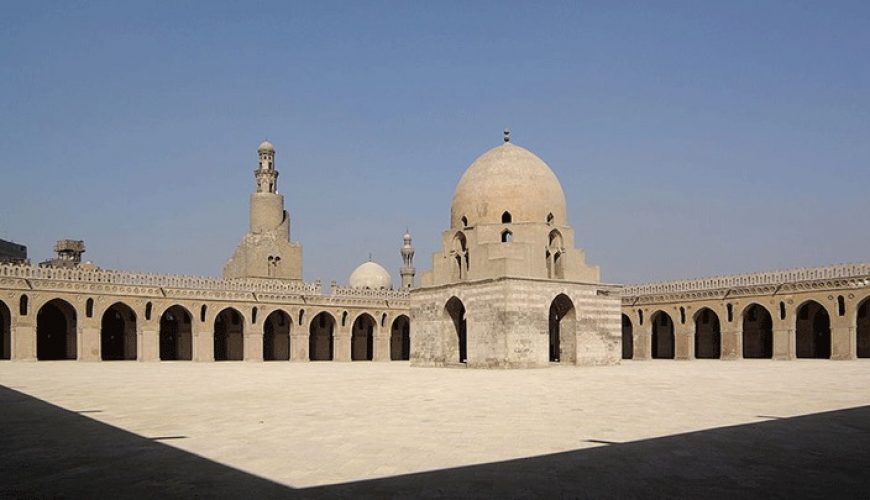
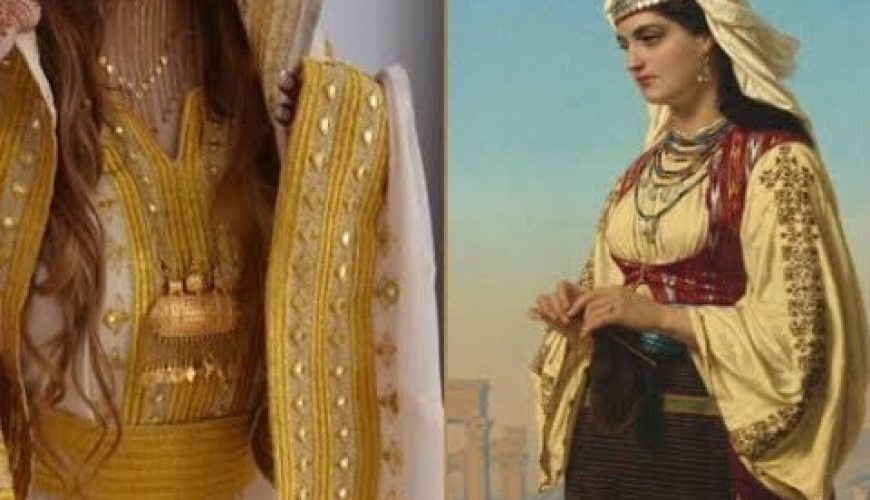
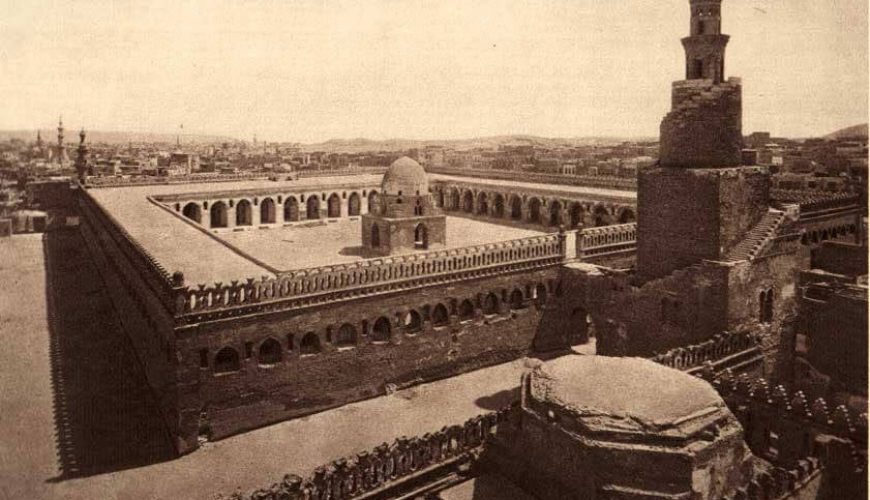
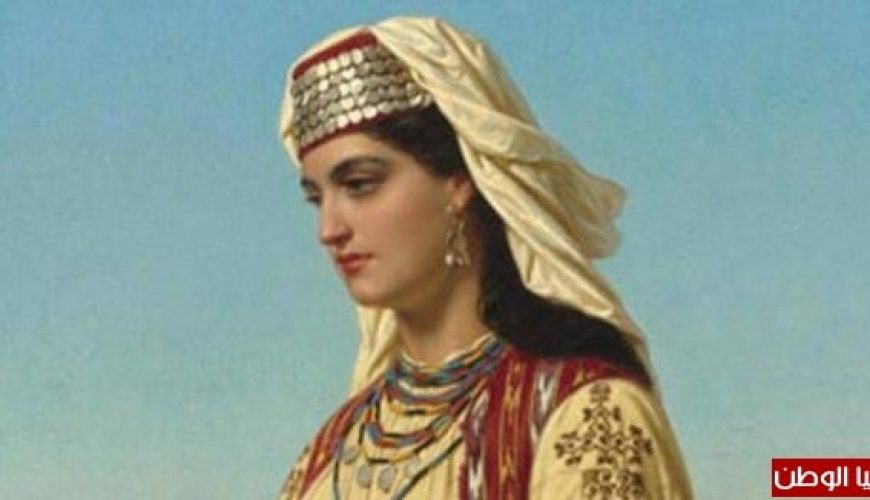
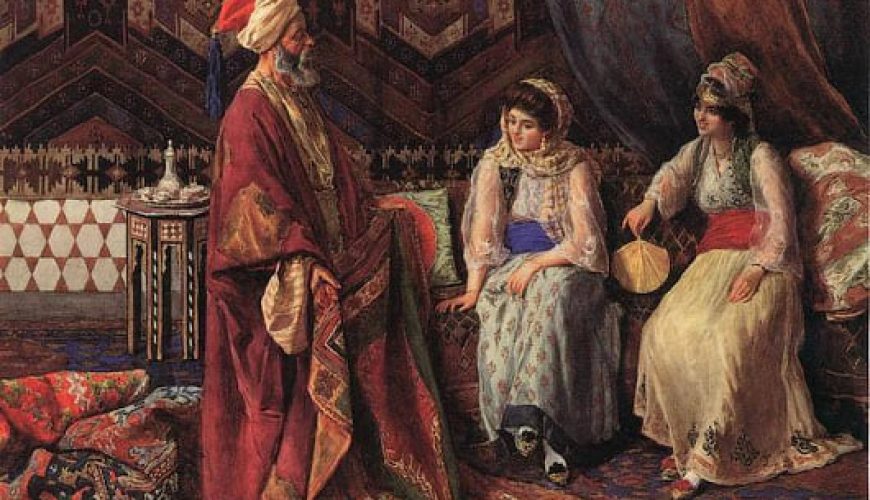
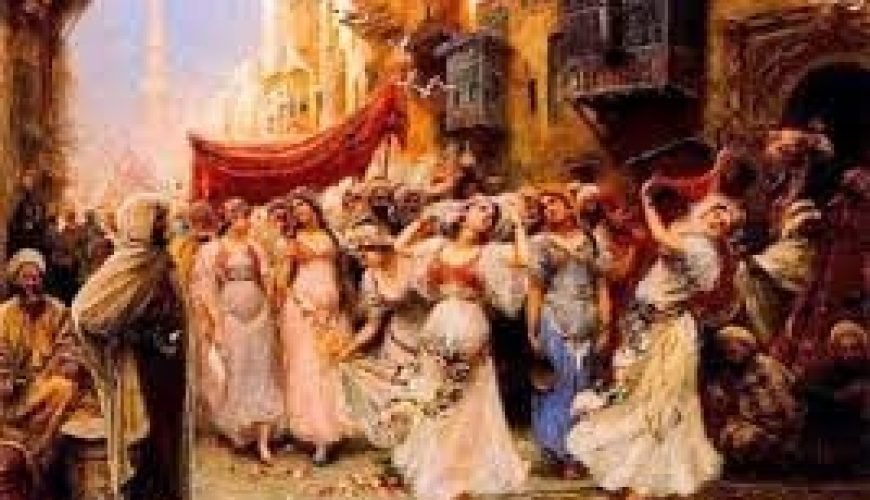

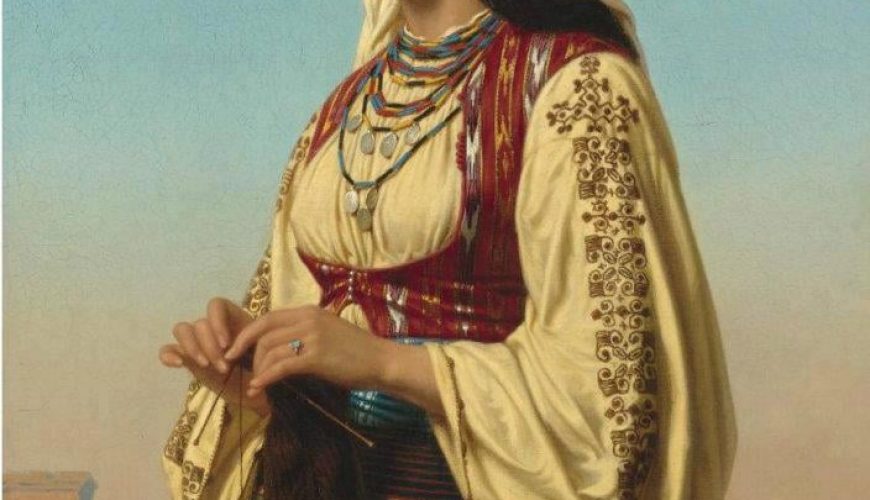
Comment (0)